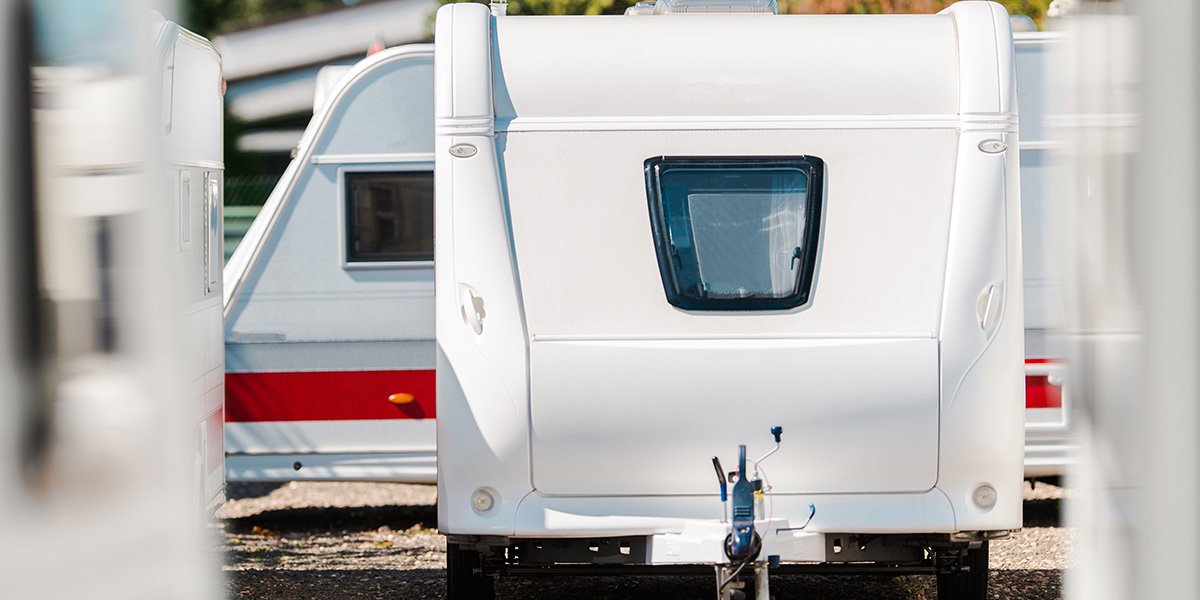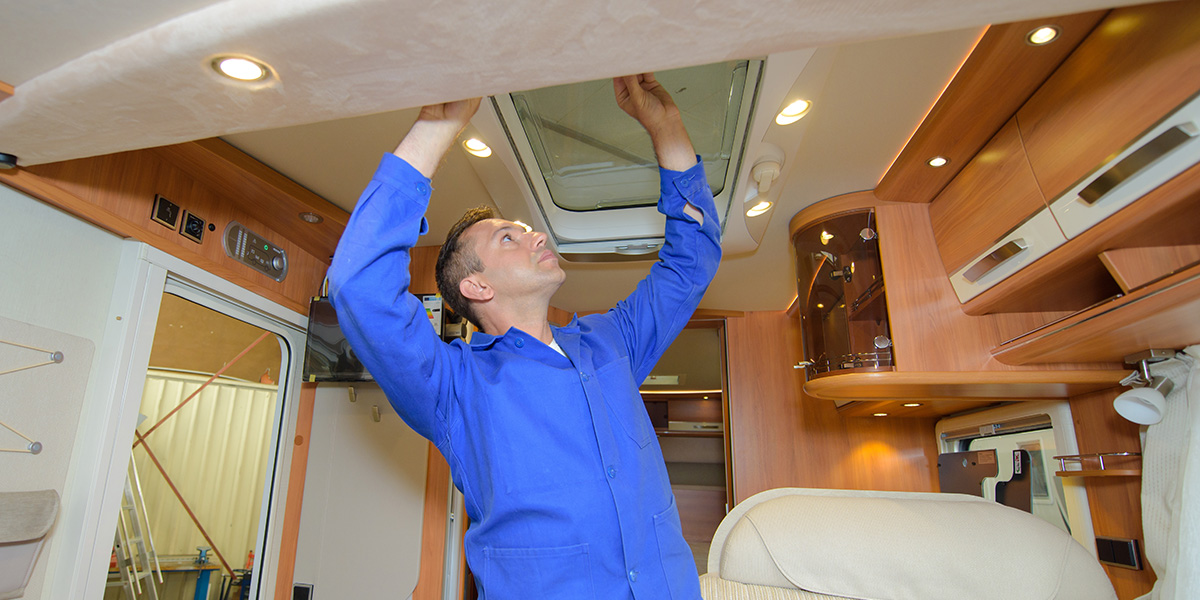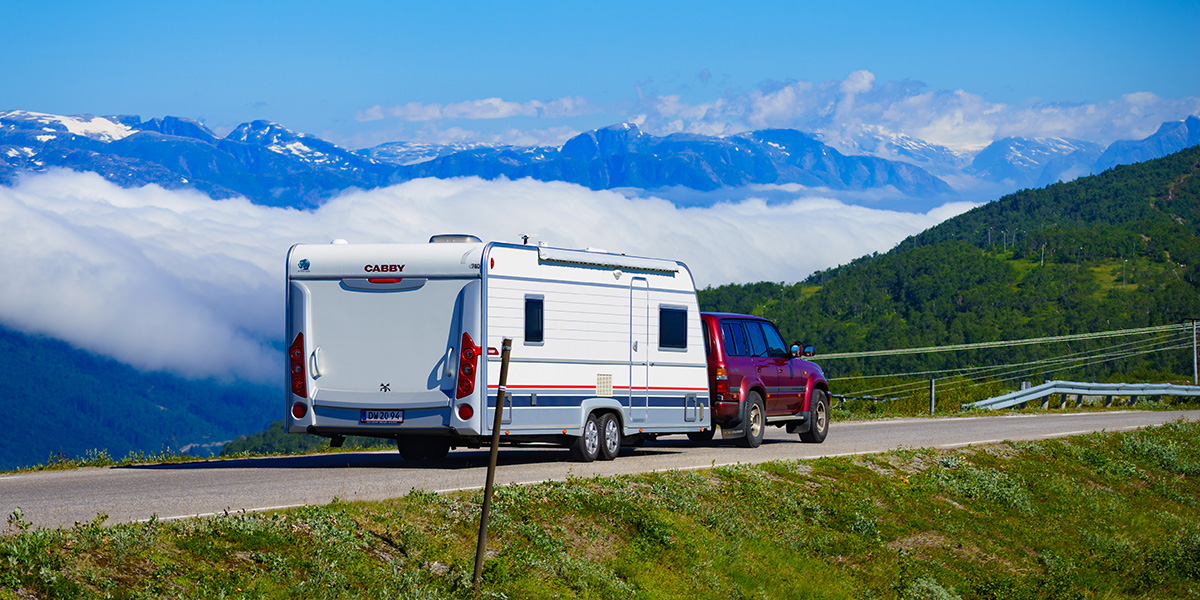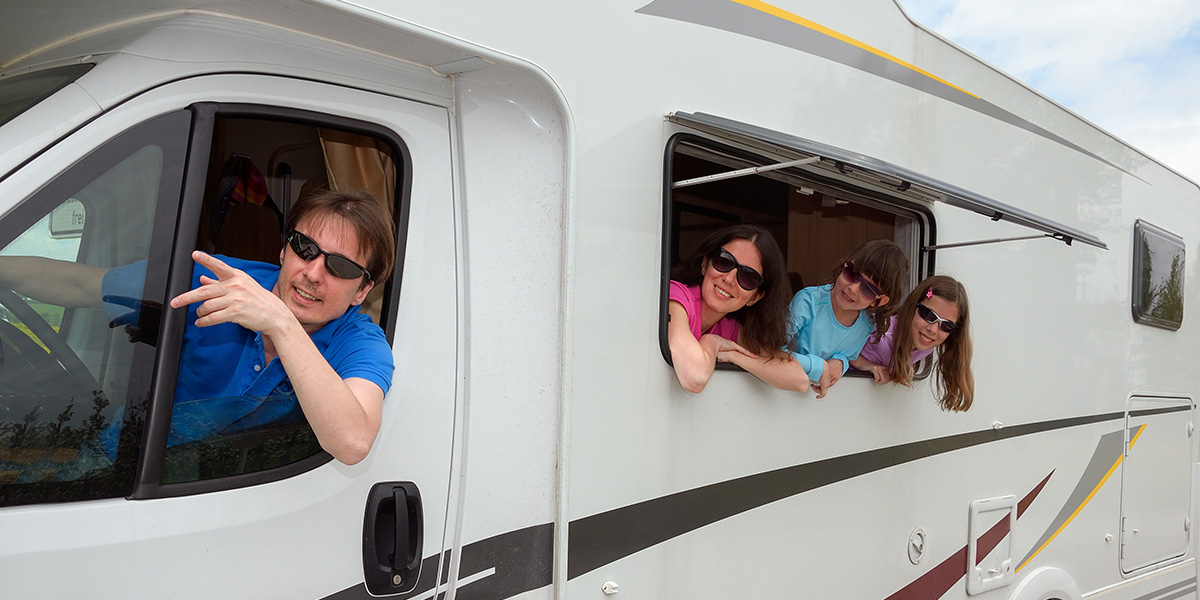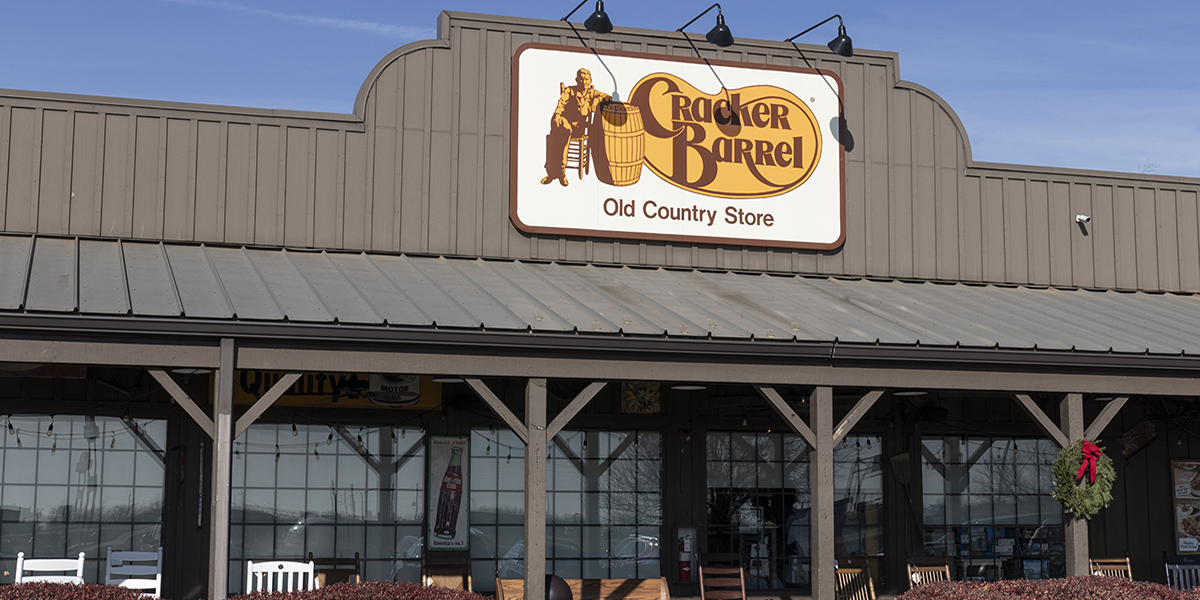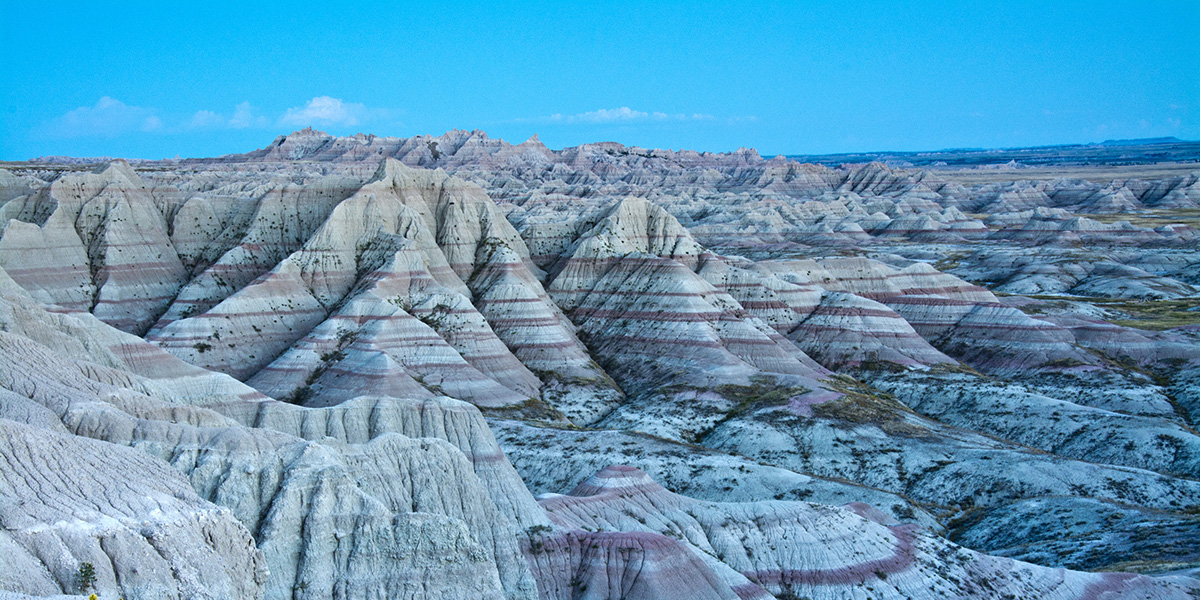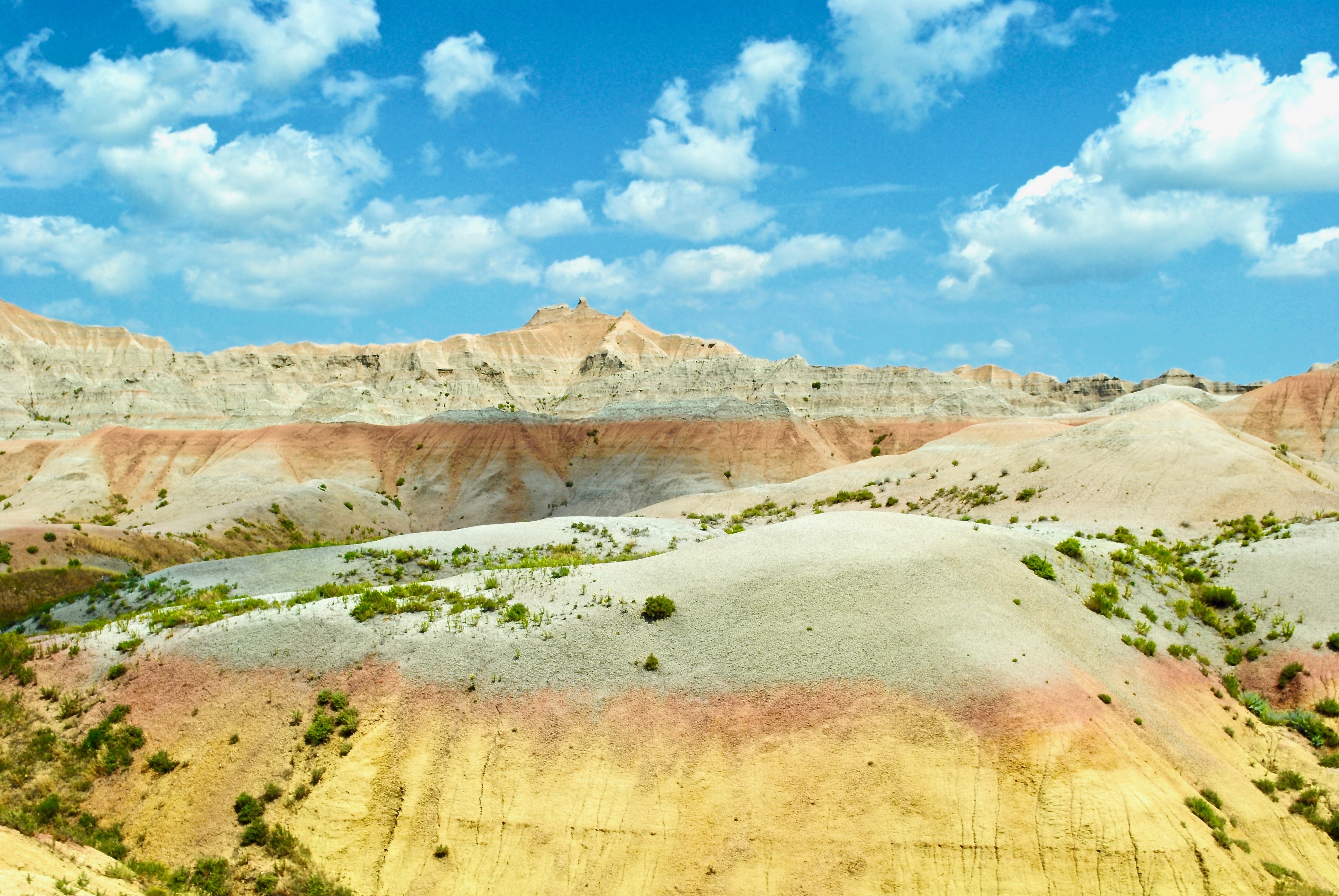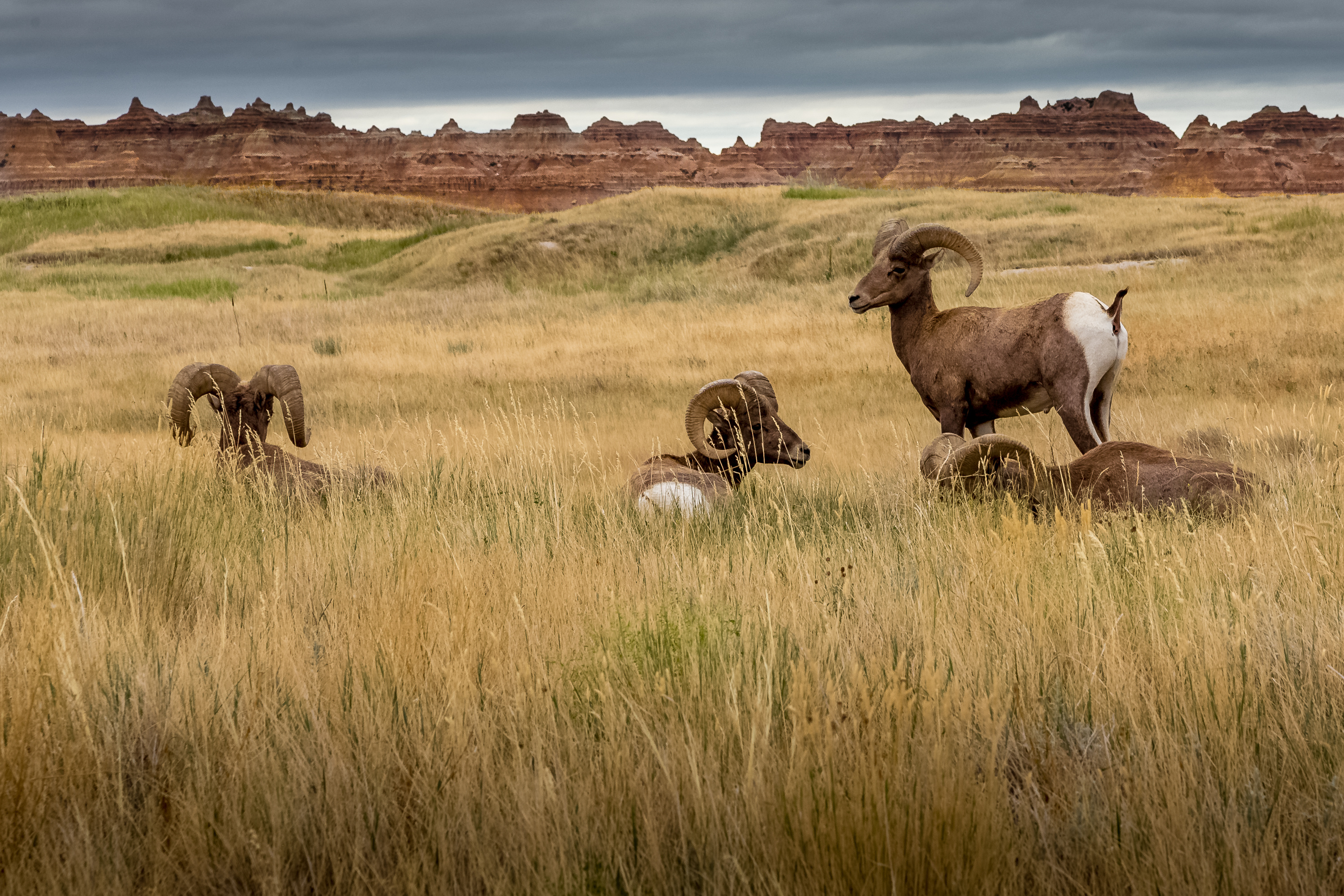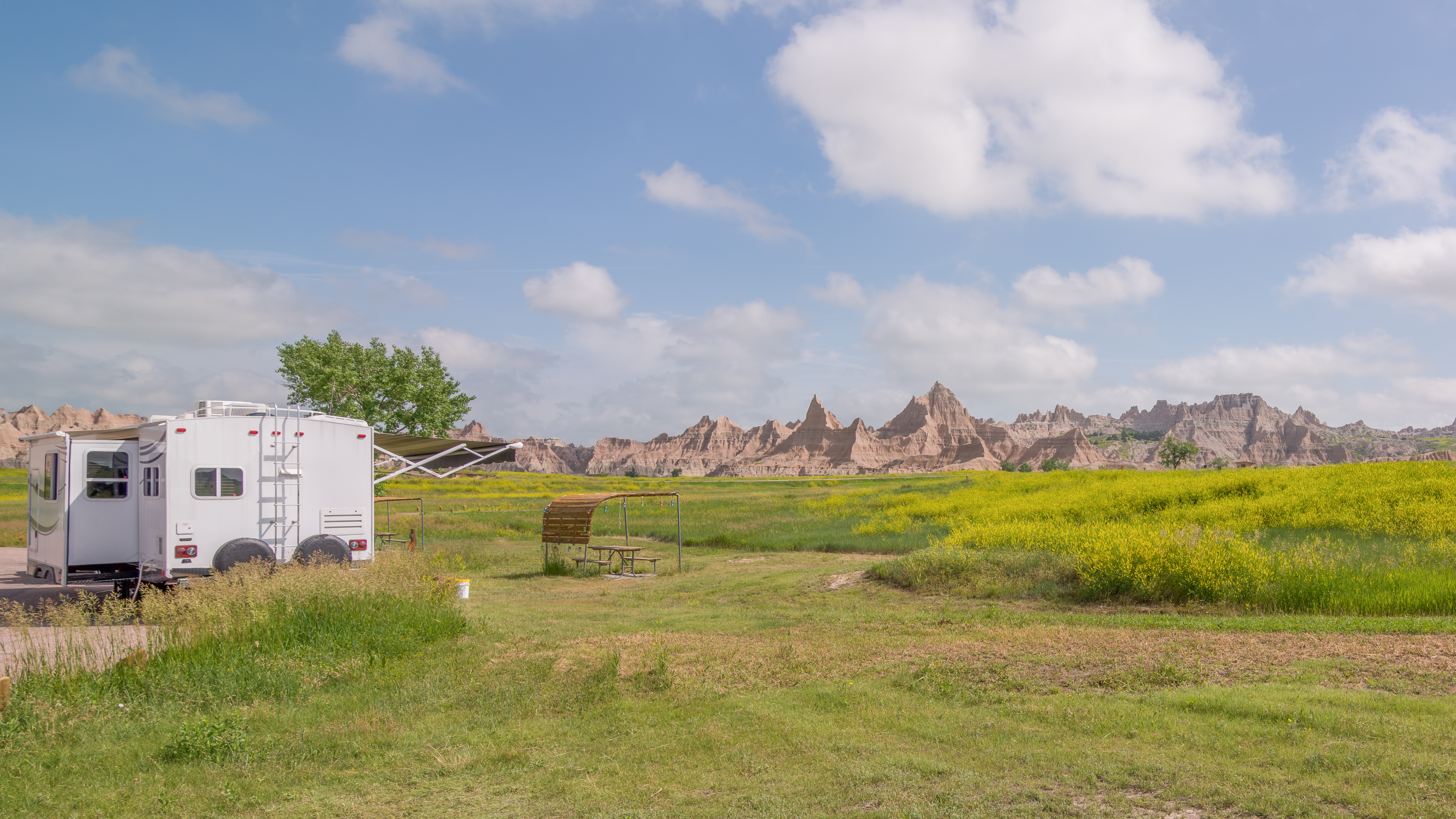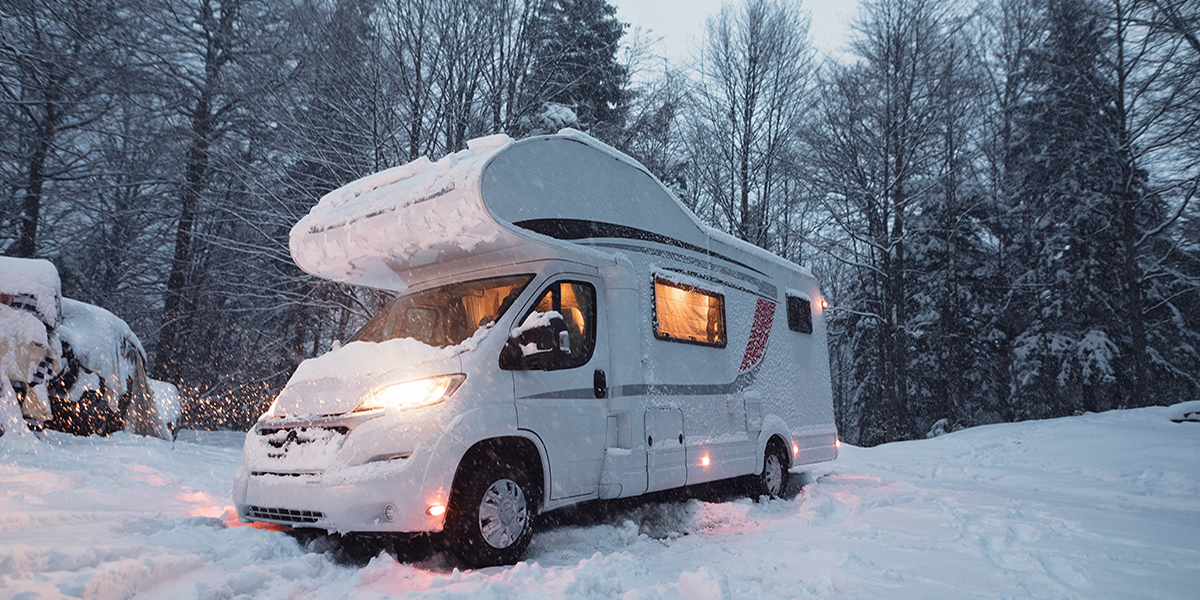Updated for Summer 2023
Warm air, a light breeze, the sound of the water breaking on the shore. There’s so much to love about setting up camp by the water with your RV. And if you are looking to buy a boat, the RV season and boat season go hand-in-hand. Many RV parks around the country offer both camping spots and boat slips that promise an exciting time along the water. Here are RV Trader’s 12 best RV campgrounds for boating lovers.
1. Perdido Key RV Resort – Pensacola, Florida
Located on a Gulf Coast barrier island next to Pensacola, Perdido Key RV Resort is a sunny and warm destination worth visiting year-round. Camping comes with full hook-ups, while the marina has launches so you can get your boat out on the water for fishing or cruising. While you’re there, you can indulge in local cuisine, relax on the beach, go for a swim, and partake in activities with your pet.
2. Bar Harbor RV Park & Marina – Abingdon, Maryland
Not far from Baltimore and nearby attractions, Bar Harbor RV Park & Marina is a pleasant getaway for RVers and boaters. Here, you’ll get camping spots shaded under the trees and along the Bush River, which is great for fishing, potting for crabs, and bird spotting. With full hookups, boat slips, and shops for supplies, this park makes it easy to relax with your vehicle, whether you’re under the trees or on the water.
3. Newport Dunes Waterfront Resort & Marina – Newport Beach, California
Southern California’s Newport Dunes Waterfront Resort & Marina is considered a vacation getaway for RVers and boaters. Ideal for a luxury RV, the resort is situated right along Newport Bay and the Pacific Ocean, so you can set up camp with full hookups and take in the view. Take your boat out at the marina, and cruise on the ocean to nearby destinations. Check out restaurants and shops, go for a swim, have fun in the waterpark, join for whale watching, or rent an RV or boat for your stay.
4. Alamo Lake State Park – Wenden, Arizona
The rolling mountains meet the clear blue waters at Alamo Lake State Park in Arizona, with cacti, wildflowers, and wildlife all around. You’ll get panoramic views of the desert terrain when you set up camp and boat out on the lake. Easy to set up camp with hookups for RVs or travel trailers, the park has bass fishing, swimming, and riding trails to keep you busy.
5. Branson Lakeside RV Park – Branson, Missouri
Quiet and calm, or fun and lively, there are a lot of activities to choose from when camping with your RV at Branson Lakeside RV Park. With accessible campgrounds with hookups and pull-through sites for RVs up to 90 feet in length, you’ll get views of Lake Taneycomo, which has bass and trout fishing for boaters. You can also check out Branson Landing’s shops, restaurants, river walk, and explore the historic town of Branson.
6. Caddo Lake State Park – Karnack, Texas
Secluded and serene, Caddo Lake State Park in east Texas is an enchanting destination full of forests, swamplands, and cypress trees with Spanish moss. There are full hookups for RV camping and a boat ramp for outings on the water—just make sure to keep an eye out for alligators during your visit! Hike the park, canoe or kayak, cast a reel on the fishing pier, and try to catch one of the 70 species of fish found here.
7. Camp Hatteras RV Resort & Campground – Rodanthe, North Carolina
For coastal camping, Camp Hatteras RV Resort & Campground has a bit of everything. Located alongside the Outer Bank’s beaches, between the Atlantic Ocean and Pamlico Sound, RVs get full hookups for camping, plus, there’s a chance to meet up with the community during an RV rally held at the onsite conference center. The nearby marina offers rentals for pontoons and personal watercraft, while there are sports and recreation venues, catering and local food, and a pet-friendly dog park and agility course.
8. Mile Creek Park – Pickens, South Carolina
Mile Creek Park is full of surprises, with activities both on land and the water. Camping is easy with complete hookups for RVs. There’s also a boat ramp for adventuring out on Lake Keowee, or you can rent kayaks and go out for a paddle. During your visit, enjoy hiking along the shore; fishing for trout, bass and bluegill; and birdwatching.
9. Frontenac State Park Campground – Frontenac, Minnesota
Up north, the Frontenac State Park Campground is a scenic location with camping, boating, hiking, and even horseback riding. The area has drive-in sites for camping, many of which come with hookups. Spend time out on the water on Lake Pepin, or the mighty Mississippi. This is a great location for outdoor activities, whether you’re hiking through a prairie or the Richard J. Dorer Memorial Hardwood State Forest.
10. Lake Cumberland State Resort Park – Jamestown, Kentucky
Claimed to be the “Houseboat Capital of the World,” Lake Cumberland State Resort Park invites boaters and RVers for camping and recreation on the water. Campsites come with hook-ups, while their marina has 100 boat slips, with rentals for fishing boats, pontoon boats, ski boats, and houseboats. Enjoy your stay with hiking on nature trails, birding, fishing trout on Wolfe Stream, swimming, restaurant dining, and recreational sports like disc golf and mini golf.
11. Lake Siskiyou Camp Resort – Mt. Shasta City, California
Snowcapped Mt. Shasta overlooks Lake Siskiyou Camp Resort at this Northern California retreat replete with camping for RVs, boat rentals, dining options, and a splash park. Full hookups are available for RVs, but you can also rent a retro trailer if you feel like camping out just like the old times. Use the marina to take your boat out on the water, or, rent a boat during your stay so you can go cruising or fishing on Lake Siskiyou.
12. Stillwater Campground – Arapaho National Recreation Area, Colorado
Open May to October, Stillwater Campground is big on scenery, with waterside views of Lake Granby and the rolling Rocky Mountains. This large campground in the Arapaho and Roosevelt National Forest has RV camping, some with hookups, and launches for boating. You can also go for a swim, fish, hike, and horseback ride.
These campgrounds have the best of both worlds for RV and boating lovers. And while there are more parks out there to check out, these are definitely a dozen to get you started when you set out on your next adventure. If you’re ready to purchase a used RV or your next new vehicle, be sure to see the nation’s largest inventory on RVTrader.com!
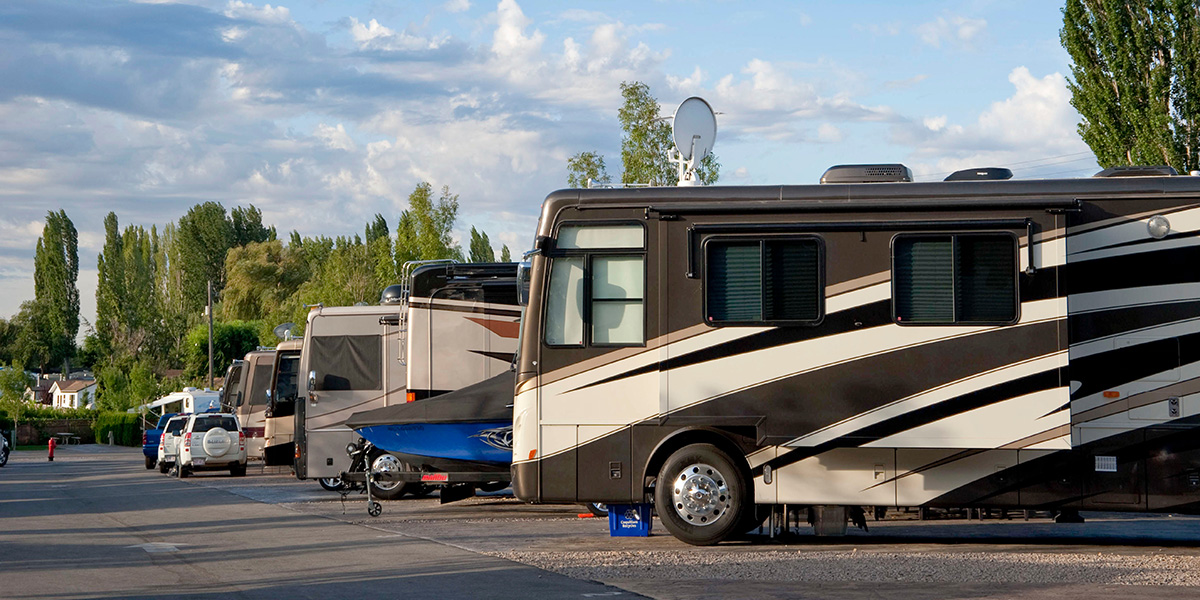
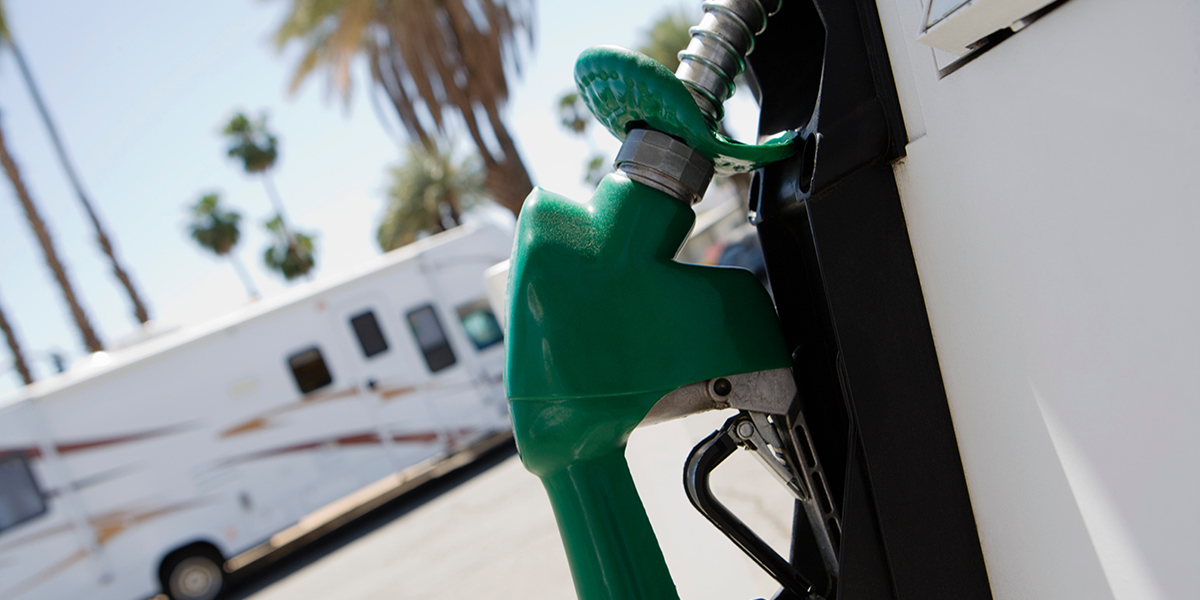
 FMCA
FMCA